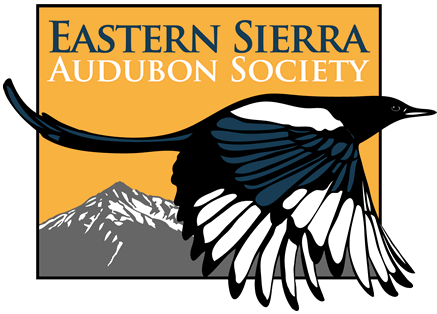Those who are long time members of the birding fraternity can look back over the years and recognize the stages through which they have passed. There are plateaus that mark an advancement in knowledge, skills, and techniques from those held previously. Often the passage was facilitated by more experienced birder-friends who in turn got where they were with the help of other friends. None of the best birders got to the top alone…they had plenty of help. The first stage might be noticing the bright colors or interesting behavior of birds that pique your curiosity. Maybe it was a bird coming into your yard or a friend pointing out a special event that you were seeing but not focusing on. Who cannot be fascinated by the sun shining off an adult male hummingbird almost at arms length at a feeder or the barrel rolls and loop-the-loops of a pair of courting Northern Harriers! If this initial exposure occurred at just the right moment in ones life it often may be followed by old binocs being pulled out of storage and cleaned up and the purchase of a bird book. This is the beginning of the second stage that can result in a terminal disease known as birding-mania. The symptoms are a manic-like depression that sets in if one cannot look at birds; the cure is cheap and simple…go birding! Most birders keep a list of the birds they have identified with the name of the bird, the date and location it was first seen. This is called a Life List and denotes a level of seriousness and commitment which identifies the third stage. One might think that they would never forget the first time they saw any bird but after trips all over the state, then the nation, then the continent, and then overseas, human RAM becomes full and data are dumped. Besides, years later the Life List can be a document of great joy, embarrassment, laughter, and sweet memories. An adjunct to a Life List is called a Trip List where every day of a trip a list is compiled for each area visited with the numbers of each species listed. As experience is gained other facets are added such as special highlights and even a drawing or description of a bird you recognized as rare. This insidious stage is a major plateau as it quietly and without fanfare changes a birdwatcher into an amateur ornithologist who is attempting to document the birds so that other observers benefit from the experience. The next stage is keeping a list on an almost daily basis with birds around home, on the way to work, and at lunch noted. Unusual species are entered and the first dates of migrants returning in spring and fall are kept. These ground floor data are the foundation of population dynamics and an invaluable indicator of changes in abundance (numbers), status (when a species occurs) and distribution (where a species occurs). Birding can and should be done both alone and with others. Going on an Audubon field trip is a good way to be exposed to experienced birders from whose knowledge you will profit. Birding alone allows you to concentrate on movement and sounds in a way that a group will not allow. For suggestions and directions to the best birding hot spots in the Owens Valley go to or the Sep/Oct 1995 issue of the WAVE. Other WAVE articles have covered many topics to help one get started including beginning to bird in winter when there are fewer birds and how to document a rare bird (Nov/Dec 1995, Jan/Feb 1997). If you are serious about wanting to learn about the birds of this area join a local group which meets monthly for classroom and field studies. Call us for further information (938-2764). Skills are not required, enthusiasm is!
Tags: hummingbird, owlBecome A Member
Help protect birds and the places they call home - before it's too late! Join the Eastern Sierra Audubon Society for only $20.
Join Our Google Group
Discuss bird sightings, Audubon news, and more on our Eastern Sierra Birds forum! Join up - it's free!
ES Audubon Newsletter
Be notified when the latest newsletter is online and get the latest ESAS updates. Click here to sign up - it's free! The email newsletter comes out once a month, and on occasion more often. You may unsubscribe at any time from the link at the bottom of the email.
Heindel’s Birding Archive
- Big Day Fundraiser April 18, 2022
- 2021 Christmas Bird Counts in our Region December 4, 2021
- 2021 ESAS Virual Holiday Party in partnership with CNPS December 4, 2021
- 2020 Christmas Bird Counts in our Region November 25, 2020
- Limited Edition T-shirts November 25, 2020
- 2020 Virtual Holiday Party November 25, 2020
- 2019 Christmas Bird Counts in our region December 11, 2019

